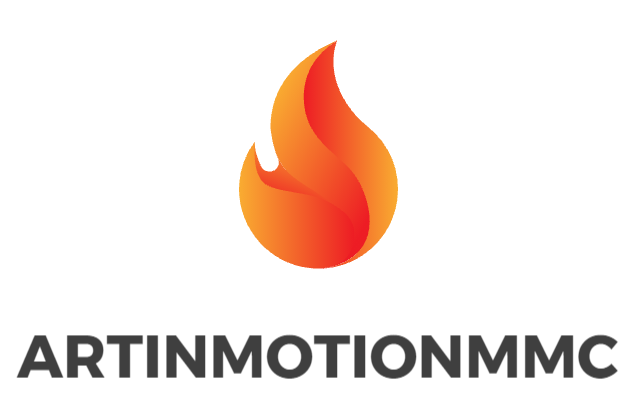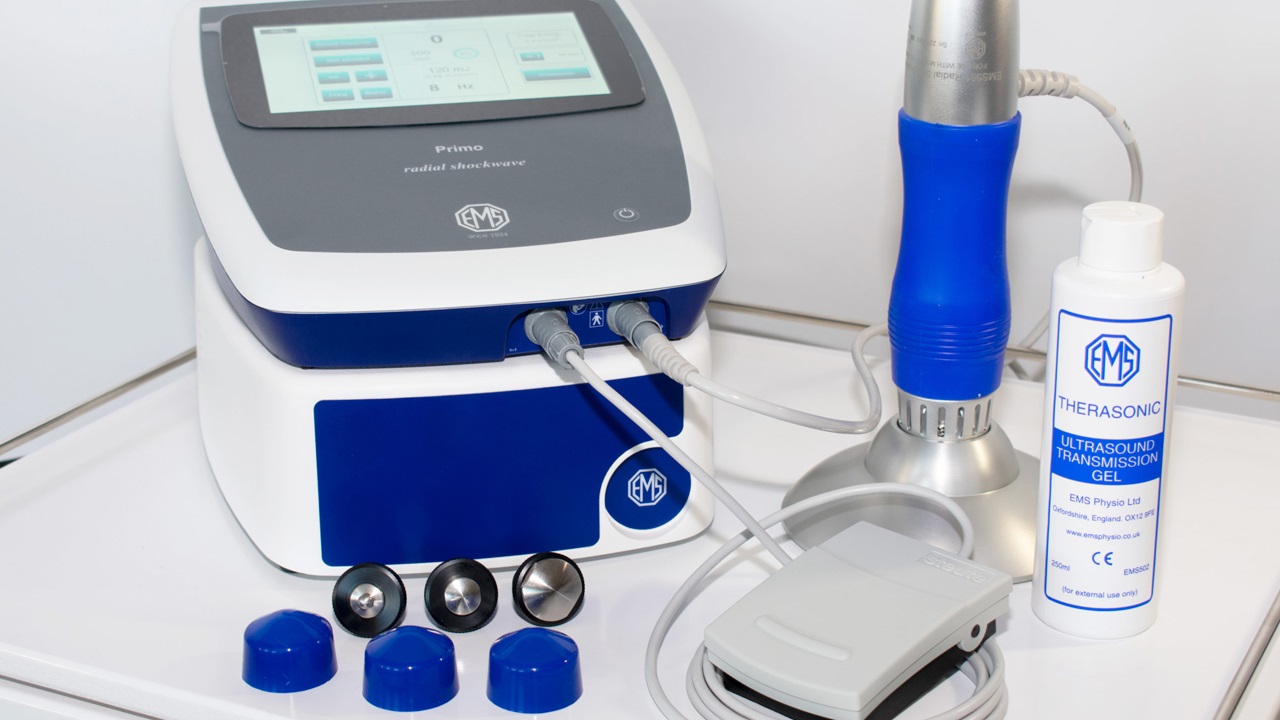For clinics, rehabilitation centers, and other similar healthcare institutions it is important that ordering physiotherapy equipment in the least costly manner without compromising on the quality of equipment and service for patients is crucial. Efficient management of physiotherapy equipment supplier means that institutions can easily get quality equipment at cheaper prices. This article discusses three effective approaches that firms can adopt to optimize their budget when procuring equipment.
Choose the Right Physiotherapy Equipment Supplier
Purchasing physiotherapy equipment from a supplier is always better if the identified supplier and the physiotherapy clinic have a long-term working relationship; this will open up the supplier to give better prices and engage in negotiation of flexible payment plan as well as offer preferred service. While ordering products from different suppliers may be convenient, choosing to work with a single and trusted supplier may have greater value added at the end of the day. Suppliers always provide their clients with loyalty discounts, bulk prices, and even customized prices for regular orders. The first factor for evaluating him is the reliability of the supplier the range of products that he can offer and Mirco’s level of customer support. This way suppliers who offer clear price structures, warranties, and quality assurances can guarantee that the equipment bought meets certain standards. Furthermore, a supplier that provides all the equipment needed can make ordering easier, cut costs of administration, and enhance the overall procurement procedures.
Bulk Orders from Physiotherapy Equipment Suppliers
This is one of the easiest strategies that can be used to reduce costs when placing an order with a physiotherapy equipment supplier. Buying in large quantities also means that one is likely to get equipment at cheaper prices and the cost of shipping is also low since the most frequently used equipment includes exercise bands, mats, and therapy balls. As well, using large orders reduces the number of deliveries, and therefore, saves money on deliveries. Planning purchases is also a practical approach to reducing costs. By forecasting needs and timing orders strategically, businesses can take advantage of supplier promotions or negotiate better terms. For example, ordering well before peak seasons can secure better pricing. Clear planning can also help avoid emergency orders, which often incur expedited fees. When possible, businesses should create a timeline for equipment replacement and upgrades, ensuring that the budget is allocated effectively over the year.
Prioritize Versatility with Physiotherapy Equipment Supplier
Investing in equipment that offers multiple functions is another cost-effective approach. Certain physiotherapy tools and machines can serve various purposes, supporting multiple types of treatments or therapies. For instance, combination therapy units that offer both ultrasound and electrical stimulation reduce the need for separate devices, saving on both equipment and maintenance costs. When selecting products, businesses should consider versatility as a key factor. Partnering with a physiotherapy equipment supplier that guides versatile equipment options can be beneficial in creating a well-rounded, yet budget-friendly inventory. Moreover, multi-functional devices not only reduce costs but can also help save space in clinics with limited room, maximizing both operational and financial efficiency.
Conclusion
Sourcing physiotherapy equipment efficiently requires a balance of planning, supplier selection, and strategic purchasing. By focusing on long-term partnerships, bulk ordering, and versatile equipment options, healthcare providers can reduce costs without sacrificing quality. These approaches allow businesses to invest wisely, ensuring they have access to high-quality tools that support their patients’ recovery needs while staying within budget.


